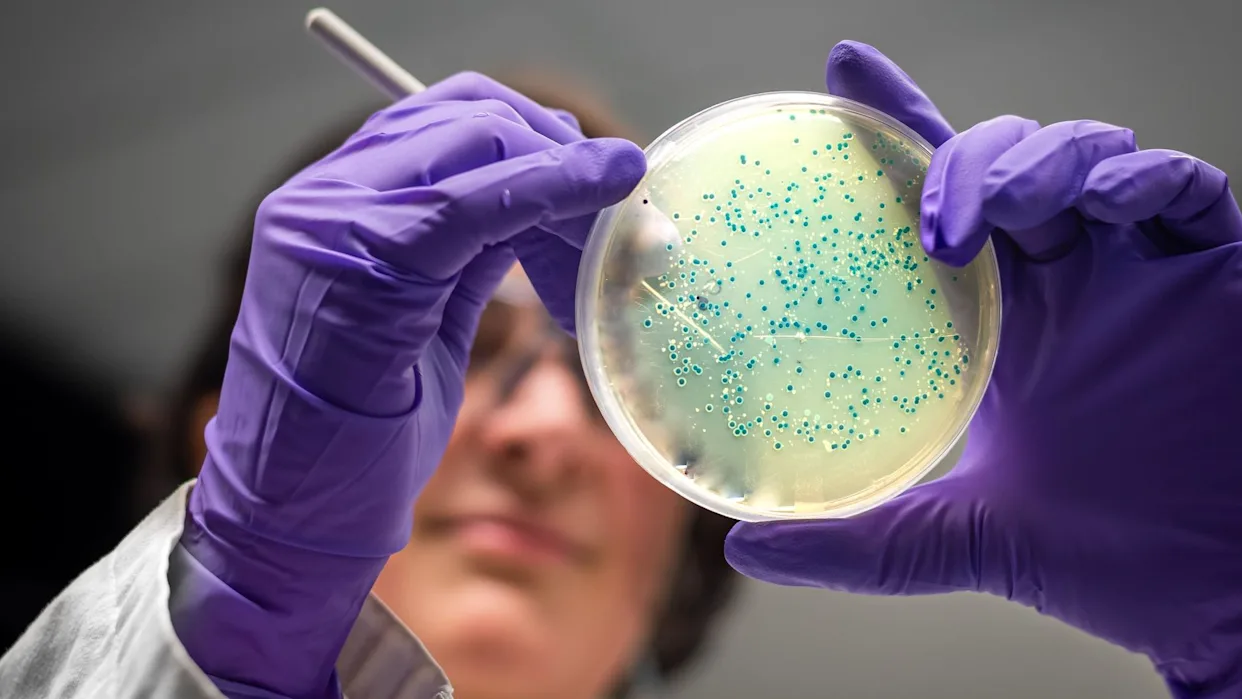AI Revolution in Antibiotic Discovery
Artificial intelligence is opening a new frontier in the fight against drug-resistant infections, offering hope in the battle against superbugs like gonorrhoea and MRSA. Scientists have harnessed generative AI to create two entirely new antibiotic candidates from scratch, bypassing the traditional trial-and-error approach that has limited drug development for decades. This innovation marks a potential turning point in global health, where antibiotic resistance currently contributes to over a million deaths annually.
The process began with training AI models using the chemical structures of known compounds alongside data on their effects against various bacteria. This allowed the system to predict how different molecular arrangements could inhibit or kill harmful microbes. By sifting through millions of possible structures — many of which had never been synthesized before — the AI identified novel compounds with promising antibacterial potential. For more on how AI is transforming healthcare, see Harvard Medical School’s AI research overview.
From Digital Designs to Lab Tests
Unlike traditional antibiotic discovery methods that rely heavily on screening existing chemical libraries, this AI-driven approach designs new molecules atom-by-atom. The technology applied two distinct strategies: one starting from existing molecular fragments and building upward, and another allowing AI complete creative freedom. Both approaches were carefully filtered to remove toxic or impractical candidates, ensuring safety and feasibility for future human use.
Once synthesized, the most promising molecules were tested in laboratory settings and in infected animal models. Both candidates demonstrated the ability to kill drug-resistant strains of gonorrhoea and MRSA effectively. Although these drugs remain years away from clinical use, the speed and precision of AI design could drastically reduce the time it takes to bring new antibiotics to market. Learn more about the threat of antibiotic resistance at World Health Organization.
Challenges Ahead for AI-Driven Medicine
Despite the excitement, significant hurdles remain. The manufacturing process for AI-designed molecules can be complex, and not all theoretically promising compounds can be produced efficiently. Additionally, the lengthy clinical trial process — necessary to ensure safety and efficacy — still poses a substantial bottleneck. There are also economic barriers, as antibiotics are often used sparingly to slow resistance, limiting their profitability for pharmaceutical companies.
Addressing these challenges will require coordinated efforts from scientists, policymakers, and healthcare systems. The integration of AI into pharmaceutical research represents a powerful step forward, but it must be matched by investments in manufacturing capabilities, regulatory frameworks, and funding incentives. To explore more about AI applications in science, visit MIT’s AI research initiatives and CDC’s antibiotic resistance solutions.







